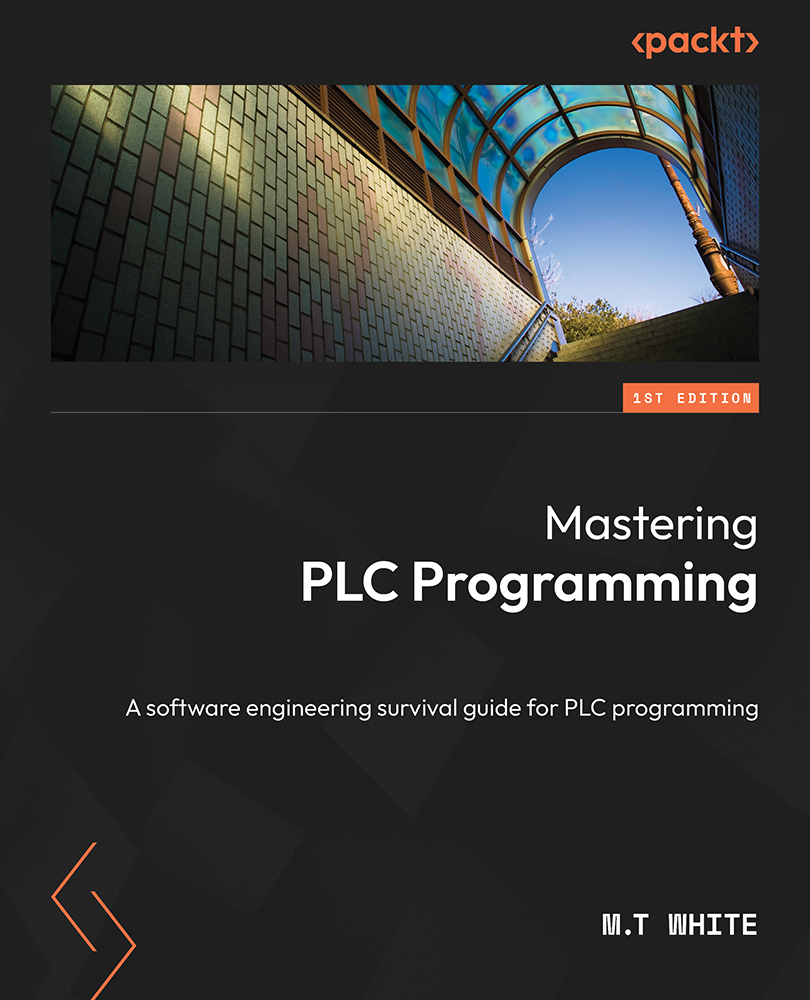Summary
This chapter has explored HMIs. HMIs are pivotal pieces of software for any automation project. With the rise in power and drop in the cost of computing, HMIs are now permanently ingrained in the automation world. In short, you cannot be an automation programmer without knowing what an HMI is and how to develop one.
To the end user, the HMI will make or break the machine, they will gauge the quality of your machine based on the HMI. If the HMI is well designed and laid out, they will see the machine as better quality as opposed to a machine with a poor layout. In short, I always tell young automation programmers that the customer doesn’t care about the hardware or PLC software; what they care about is how easy the machines are to operate and the key to that is a quality HMI.
As such, we have explored what HMIs are and how they are made. We have also explored different ways to develop HMIs and the difference between HMIs and SCADA packages. Lastly, we learned how...

























































